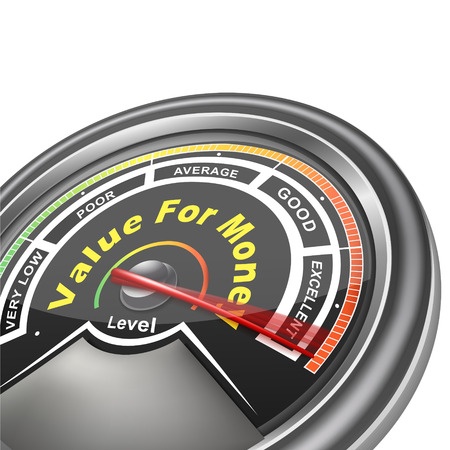top of the funnel
-
The Many Different Selling Roles and How They Differ – Part 1
- July 27, 2022
- Posted by: Dave Kurlan
- Category: Understanding the Sales Force

The same kind of thinking is required when thinking about the various roles of salespeople. We can name them: Account Executive, Territory Manager, Business Development Rep, Sales Development Rep, Account Manager, Key Account Manager, National Account Manager, Channel Manager, Application Engineer, Sales Consultant, Inside Sales, Outside Sales, and more.
To further complicate things, in some companies and industries, Sales Managers function as salespeople and Sales VPs function as Sales Managers.
While the above roles have selling as a primary responsibility, there are as many differences to selling roles as there are differences to the class or style of cars. Today, we’ll explore the difference between an Account Executive and a Business Development Rep.
-
Why I Believe We Should Blow up the Business Development Rep (BDR) Role in Sales
- March 29, 2021
- Posted by: Dave Kurlan
- Category: Understanding the Sales Force

For decades it was normal practice for Copy Machine, Office Supply, Cell Phones, Life Insurance and Residential Real Estate companies to recruit and train (a little classroom) rookie salespeople and then have them spend years making Cold Calls. Industries like those continue to suffer from the highest voluntary turnover rates you can imagine and the practice is not entirely different from what tech companies are doing with the BDR Role.
But why? Whose brilliant idea was this?
-
What Percentage of New Salespeople Reach Decision Makers?
- June 20, 2016
- Posted by: Dave Kurlan
- Category: Understanding the Sales Force

I reviewed a new set of around 8,500 rows of data today. I wanted to know what percentage of salespeople were able to get past gatekeepers, including voice mail systems, and reach decision makers. This was very interesting!
-
How Boomers and Millennials Differ in Sales
- May 18, 2016
- Posted by: Dave Kurlan
- Category: Understanding the Sales Force

I hate this article already – the last thing we need is another article to help us to understand Millennials. Except for one thing. Most of you reading this are Millennials and you probably need to better understand boomers.
-
Selling Value – Everything You Always Wanted to Know
- December 4, 2014
- Posted by: Dave Kurlan
- Category: Understanding the Sales Force

So if not those topics, then what should we all be writing about – all the time – that would be a real difference maker for salespeople?
I believe that it’s the importance of and ability to sell value. Why, you ask?

